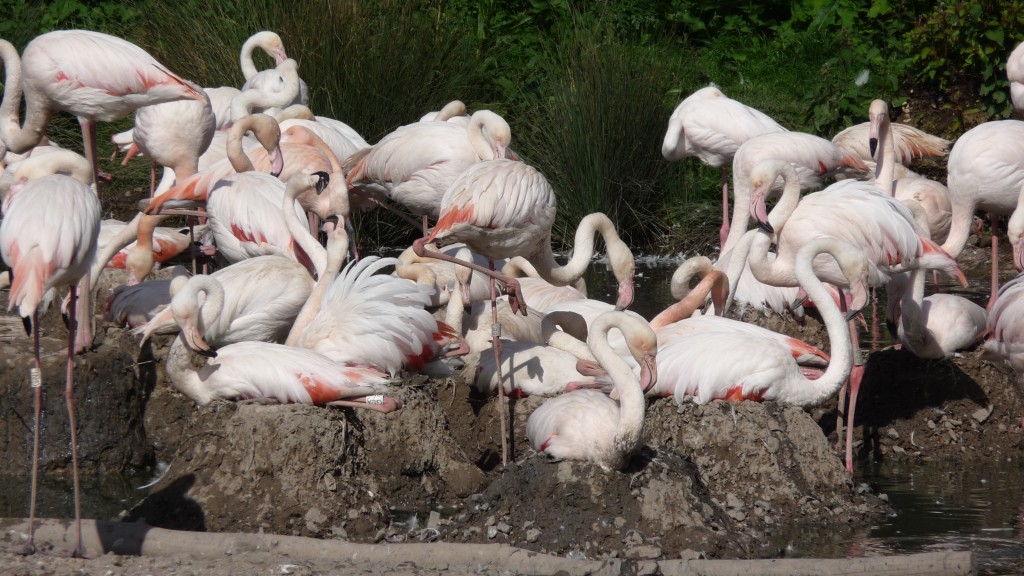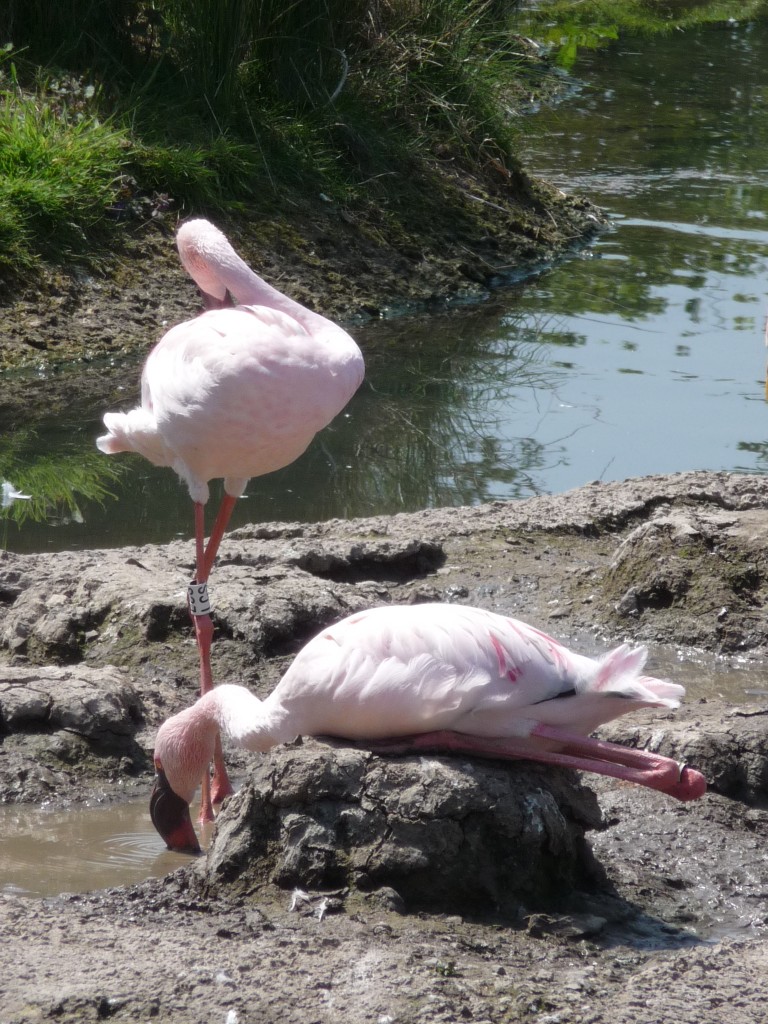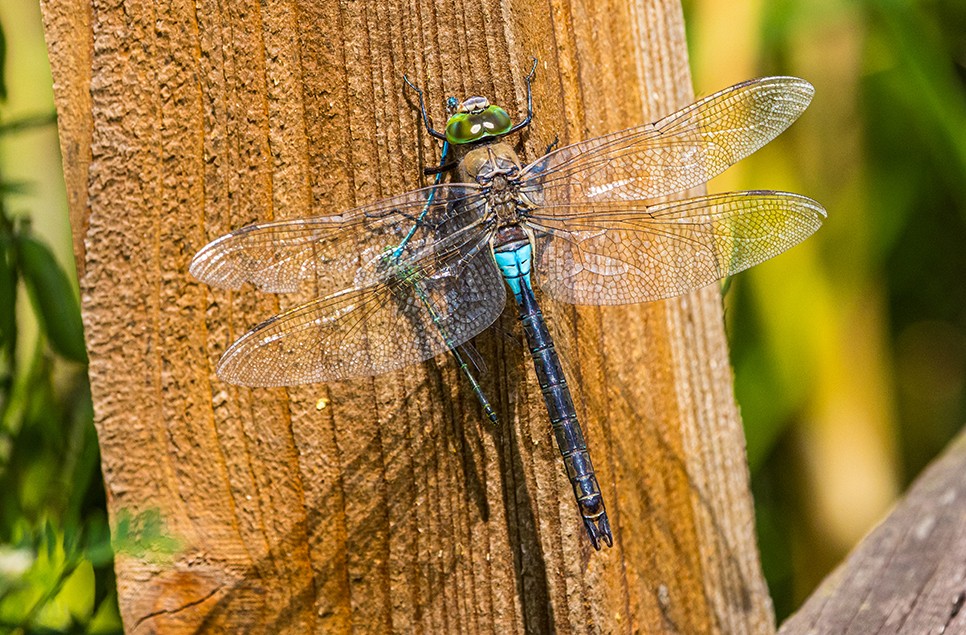So why the mud pie?
You might be wondering just why the aviculturists go to so much effort in helping the flamingos prepare their nest sites. Is it simply because a load of animal keepers enjoying throwing mud around?! Well maybe (!) but there is serious reason for the creation of large mud pies that the flamingos will eventually use for breeding. To encourage a flock of these incredibly fickle birds to breed, production of a "ready made" nesting island can be a real stimulus to help courtship and, eventually, egg laying. In fact, the skills of the avic team here at WWT Slimbridge have been translated directly out into the wild as several conservation programmes that have been based around encouraging wild flamingo breeding activity have used the construction of "ready made" nest sites to tempt in wild flocks to breed. The idea being that flamingos think that other birds have nested before hand and so it must be a suitable place for them to raise a family.

So just why do flamingo build mud turrets for their nests? The answer to "why" lies in the type of environment that flamingos occur in naturally. The breeding grounds of wild flamingos are often very unpredictable, unpleasant environments (as has been said in previous posts) that are baked by the sun one minute and drenched due to flash floods in another. The mud mounds provide protection for the incubating bird, its egg and chick from rising flood waters, and, due to the mud in the nest sucking up water that then evaporates at the top (around the developing chick) the nest can also keep the youngster cool too. And if you weren't already impressed by feats of flamingo engineering, the height and shape of the nest mound acts as a cooling tower; as air currents pass over the top of the nest (where the precious egg and baby bird is) the temperature is kept a few degrees cooler than the baking earth that the nest is built on. This provides the perfect environment for incubation; not too hot and not too cold. So when it comes to the phrase "not just a pretty face" flamingos are certainly up there with the best of them!




